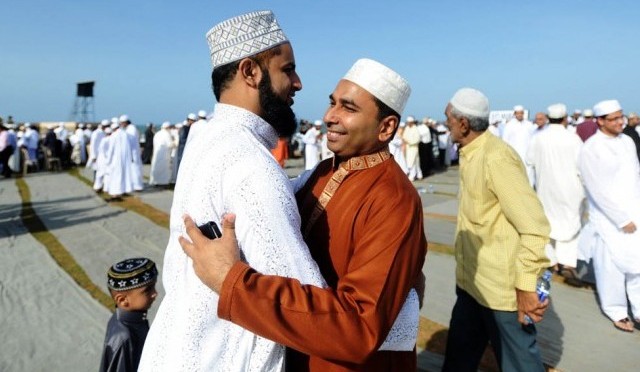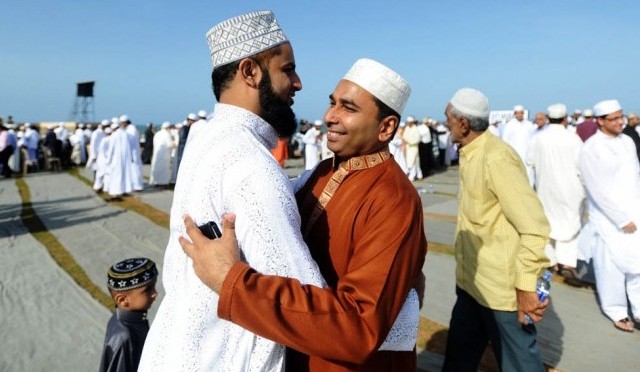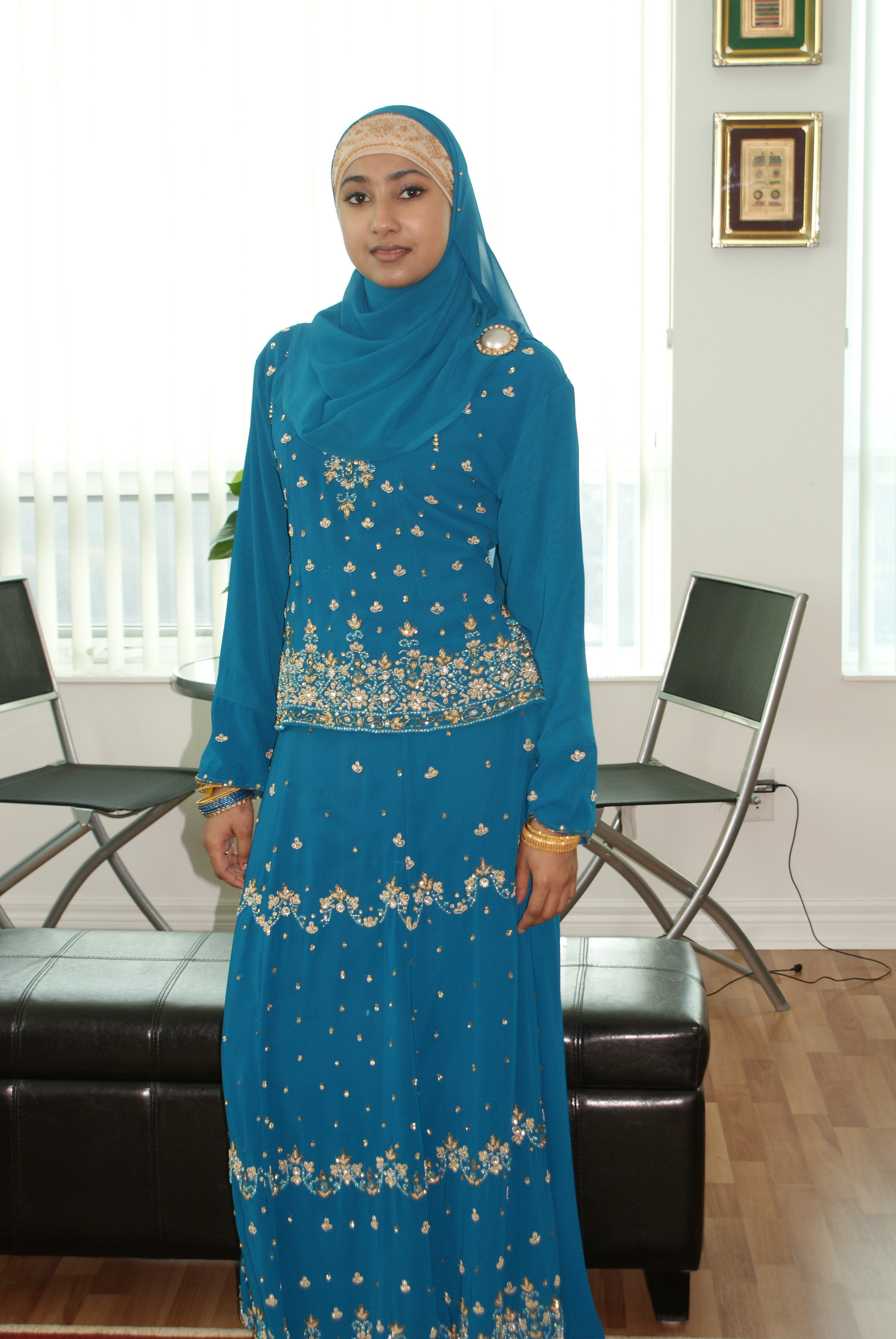
Eid
The festival of Eid or Eid-ul-Fitr truly reflects the dressing culture of Muslims. Unlike other festivals which may be modified to suit a country’s setting, the festival and dressing on Eid-al-Fitr is still pristine, with all the Islamist countries of the world following similar traditions. So, whether it’s Iran, Tunisia, Egypt, Saudi Arabia, Pakistan, Bangladesh, Turkey or India, the rituals followed are nearly the same, including a feast, and attire that follows the norms prescribed in Quran and Eid prayers.
Origin and History
Eid-al-Fitr, the celebration which has over twenty recognized names in different languages and countries is a festival that is popularly known as a feast after breaking the fast. Observed in the first of the month of Shawwal, the festival marks the end of Ramadan, the period of fasting and charity. Along with Eid-al-Adha, these two festivals are the occasions of showing gratitude to Allah or God. The day is marked with prayers and feasts and both genders have a specific dress code. Islam instructs its men and women to dress modestly, hence see through clothing and several clothing items aren’t allowed. Colors like white are preferred by men for the occasion, and similarly women are encouraged to wear Hijab, especially on this occasion along with shararas or regular salwar kameez.
Varieties and Styles
Clothing styles vary greatly between men and women. Although the dressing styles have moderately changed in the past few years, yet the clothing is worn according to the traditions on Eid. For instance, men are prohibited to wear silk and even though women can opt for it, they prefer to go with cotton and other fabrics. Generally, white Kurta with an ankle length pajama is worn by men. The Kurta worn may feature embroidery in plain threads, particularly Lucknow Chicken work.
Similarly, on the day of Eid, women in almost all Islamist countries are not supposed to wear thin fabric clothing and should be covered from head to toe with the exception of face and hands. Hijab, a veil that covers the head with or without forehead is customary for the occasion, as it is worn during the presence of unfamiliar male members of the community. Also, women in certain Islamist countries are asked to wear Niqab, which is a cloth that covers face like a mask. In a lot of countries, women can choose not to wear burqa on the day.
All over Islamist countries, women apply Arabic designs of Mehendi or temporary tattoo as a part of celebration, but do not wear any jewelry.
Present Day Scenario
The present day scenario is not too different than what was followed decades ago, although, a few changes have been initiated! For instance, in a lot of countries, Burqa or a whole body cover is not worn during Eid. Even though men are still forbidden from wearing silk, yet they can change the Kurta Pajama after the prayers. Similarly, women are now allowed to wear designer outfits such as Salwar Kameez or Anarkali Suits, but it has been made clear that the clothing must not be too lavish and women must avoid wearing them as tight or figure hugging attires. Headscarf is still customary for women and men must wear small white caps.
Global Appeal
Globally, some types of clothing are quite popular, including Niqab, which has received widespread attention. Currently, the translucent version of Niqab is worn by several women other than the ones belonging to Islam community. Anarkali suits, which have been inspired by Mughal period, have also gained popularity.
References
Categories: Festivals, Weddings & Festivals


